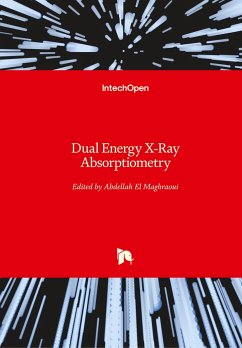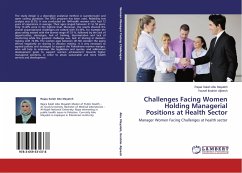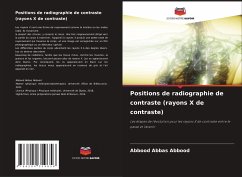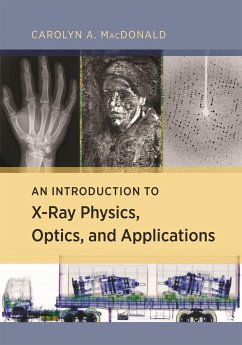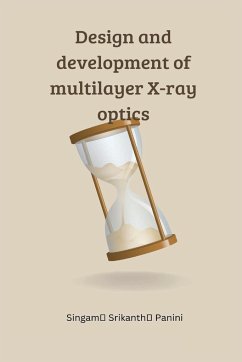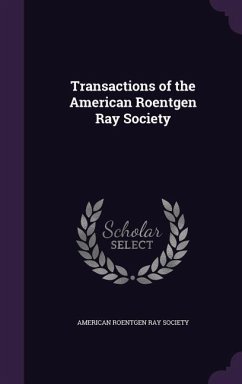
Contrast radiography positions (contrast X-ray)
The stages of developments for contrast x-ray between the past and the future
Versandkostenfrei!
Versandfertig in 6-10 Tagen
27,99 €
inkl. MwSt.

PAYBACK Punkte
14 °P sammeln!
The rapid increase in using contrast factors over the past centuries has led to a significant increase using it. Contrast factors are the most important examination method of testing all parts of the body. However, they are very risky, painful, and Patients cannot bear the examination. These diagnostics are often necessary to give correct medical diagnoses and are always dangerous and painful. However, contrast reactions can threaten the patient's life. As diagnostics by iodine contrast for Laryngeal injection or Spinal cord injection and others, either replace it with air oxygen or helium for...
The rapid increase in using contrast factors over the past centuries has led to a significant increase using it. Contrast factors are the most important examination method of testing all parts of the body. However, they are very risky, painful, and Patients cannot bear the examination. These diagnostics are often necessary to give correct medical diagnoses and are always dangerous and painful. However, contrast reactions can threaten the patient's life. As diagnostics by iodine contrast for Laryngeal injection or Spinal cord injection and others, either replace it with air oxygen or helium for the brain injection and barium contrast. Within the development that has led to a rapid increase in the use of medical imaging over the past few decades, this has led to a significant increase in the use of contrast radiation including x-ray, CT scan, MRI, PET/CT scan, and others which used contrast factors inside intravenous, and other. Many clinical imaging applications developed using contrast to hysterosalpingography, cystourethrography, and others. Contrast factors should be injected as discarded from the body without other effects on the patient that are always safe and effective.



